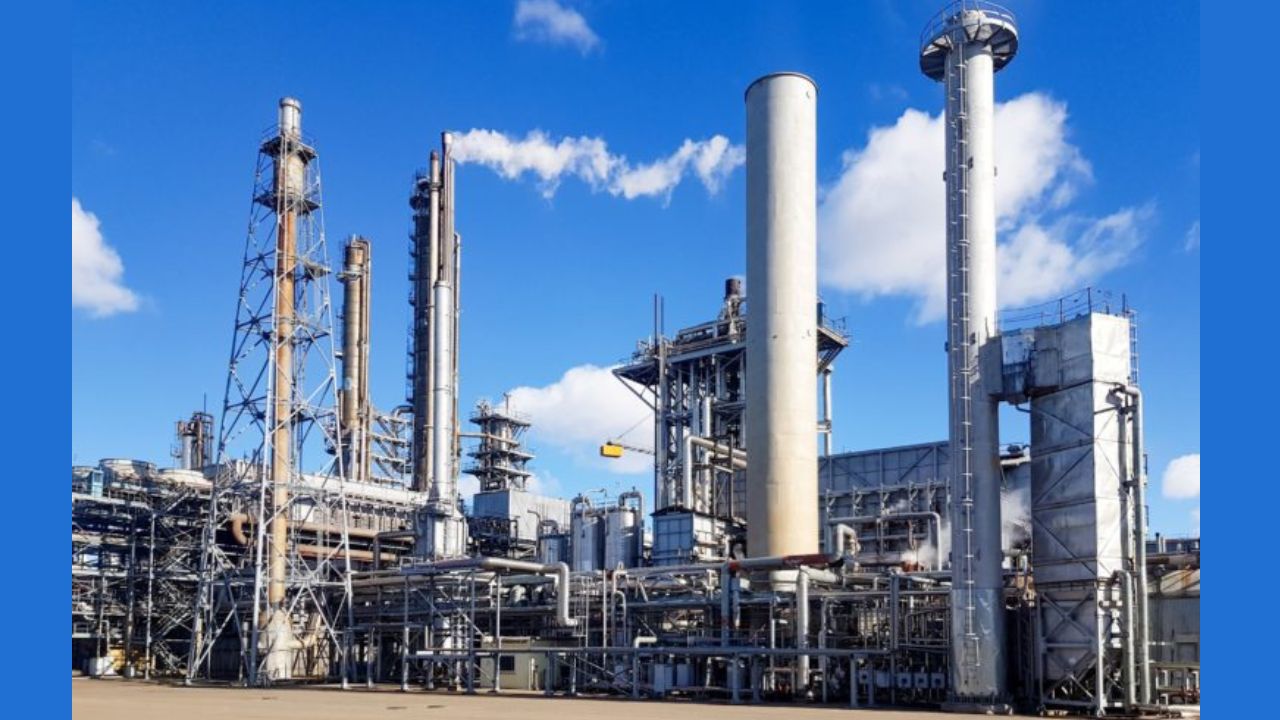The majority of the world’s industrial hydrogen is derived from methane (natural gas), but the traditional extraction method creates large volumes of carbon dioxide. Therefore, a carbon capture process is required where an amine solvent is used to extract the CO2 from the gas stream. However, this uses a high-pressure pump, which typically requires an electric motor in the multi-megawatt range, resulting in considerable running costs.
A new build hydrogen plant
For this project, the leading global engineering company for industrial gases, will build, own and operate a new hydrogen plant that will supply clean hydrogen and other industrial gases to the neighboring blue ammonia manufacturing site. The new complex will include autothermal reforming with carbon capture as well as a large air separation plant.
The plant operator has a long-standing relationship with Sulzer going back decades delivering numerous engineered pumps for a wide range of applications. In this case, Sulzer was brought in at the very early planning stages to provide support with pump specifications and layout. Although the new plant will be built from the ground up, the overall footprint of the site is quite restrictive, and this has influenced some of the design features.
A competitive tender was issued for two pump-turbine skids, each with a back-up pump to cover any unplanned maintenance interventions. The two pump trains will work in parallel, making reliability a key requirement. Sulzer was chosen to design, manufacture and deliver these important assets based on several criteria, not least its expertise and references from previous successful projects.
Reducing operating costs
As an owner/operator of the new plant, the customer has prioritized the running costs of the new equipment, along with its reliability, which led to the decision to install the HPRT from Sulzer. In a lean amine process, the solvent absorbs CO2 as it passes through the contactor, after which the gas is depressurized through a flow control valve (FCV). The CO2 and other impurities are removed in a flash tank before returning to the beginning of the cycle.
Instead of wasting the energy of the pressurized gas, modern plants can use HPRTs in place of the FCV and use the energy to power the main pump. The most effective way to integrate an HPRT is to build a skid unit that contains the main amine pump, its electric drive motor and the HPRT, which is connected to the other end of the motor via a clutch assembly.
Each skid unit will be unique to its intended application, and this requires considerable engineering expertise as well as experience in the design of pumps and turbines. In Sulzer’s case, these capabilities are further supported by the ability to test the complete skid under rated conditions before it is installed. This ensures that the expected performance is proven well before the plant is commissioned.
Global cooperation
For the new plant, Sulzer offered a very competitive package, which included two HPRT skids as well as two back-up pumps, all of which were supported by references of similar equipment working in comparable applications. The turbine supplies approximately 75% of the rated power of the amine pump, enabling it to take the majority of the load during normal operation and significantly reduce the energy usage of the plant.
The project is a global collaboration between several locations within the Sulzer network. The engineering designs have been created in the USA, the pumps will be manufactured in China and the skid will be assembled and tested in Germany. Close collaboration between all these teams has quickly delivered a finalized design with a firm delivery date.
The design of the HPRT skids was very demanding in terms of the space envelope available to ensure a perfect fit with the surrounding infrastructure. In fact, the pump design was partially decided by the layout of the plant and the position of the skids.
Sharing the load
The stainless steel BB1 turbine and BB2 pump are both connected to the electric motor. The clutch between the turbine and the motor enables the HPRT to reach the speed of the pump before the clutch is engaged, taking over a large proportion of the drive from the motor.
The electric motor is rated at 7’250 hp (5.4 MW), which is over-rated for the application to account for the end of curve power requirements and additional margins requested in the specifications. The HPRTs will deliver 2’500 hp (1.8 MW) of power when operational and the amine pump has a peak demand of 4’800 hp (3.6 MW).
Creating the best solution
Michael Hesse, Sales Manager for Sulzer, commented: “We have a great relationship with this customer, having delivered many engineered pump packages over the years. As an approved supplier with a reputation for reliable, efficient pumps, Sulzer has again proven its ability to combine its global expertise and manufacturing experience for the best solution.”
The Project Manager overseeing the construction concluded: “These two pump trains are some of the largest we have ordered and the addition of the HPRTs will certainly help to reduce our energy bill. Sulzer has worked closely with our engineers to maximize the performance of the process within the footprint available.”
The new amine pump skids are due to be delivered at the end of 2024 with the plant start-up planned for 2025. Sulzer will support the installation and commissioning of the pumps as part of the ongoing contract.
Source: Sulzer Ltd.



